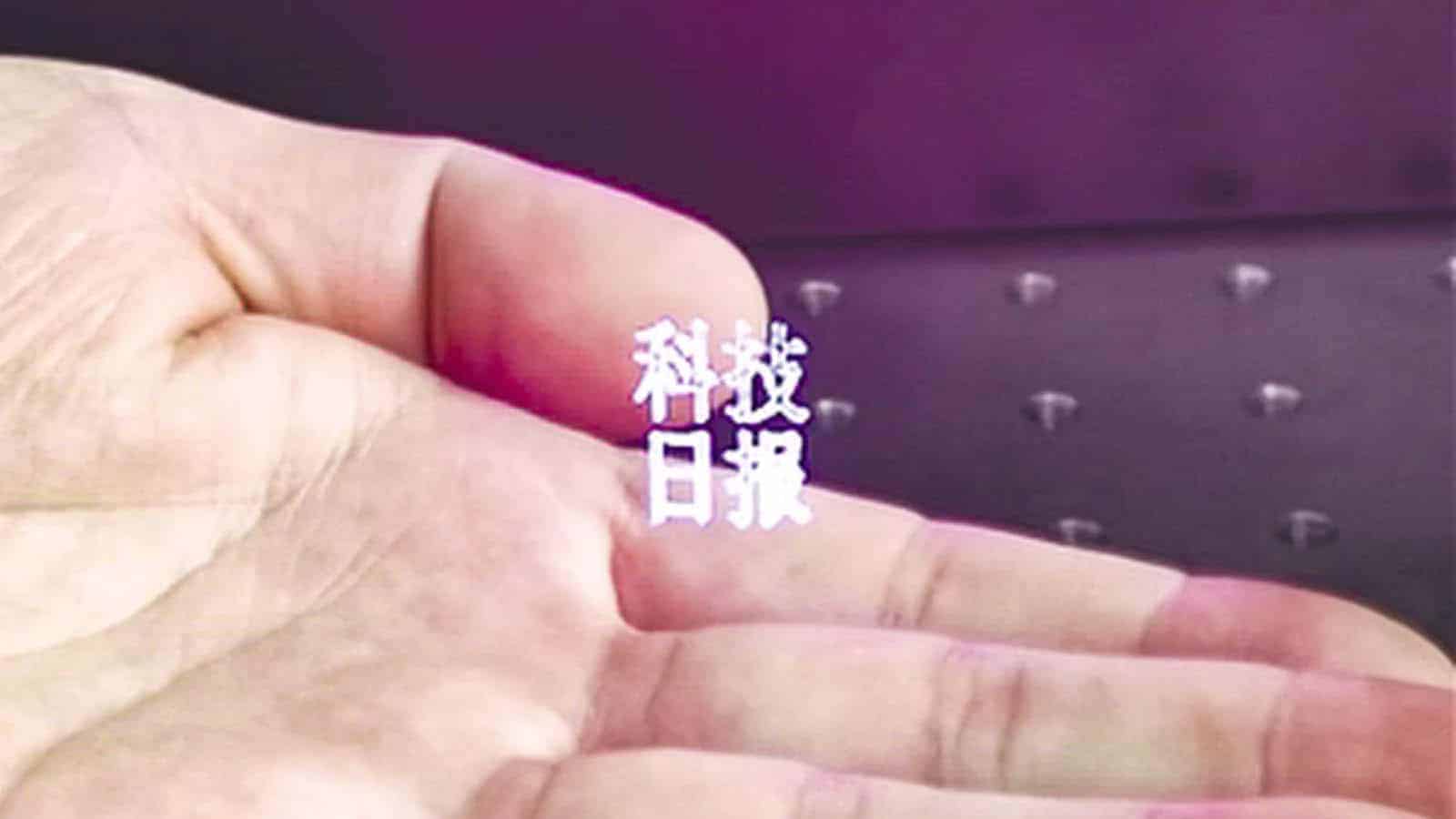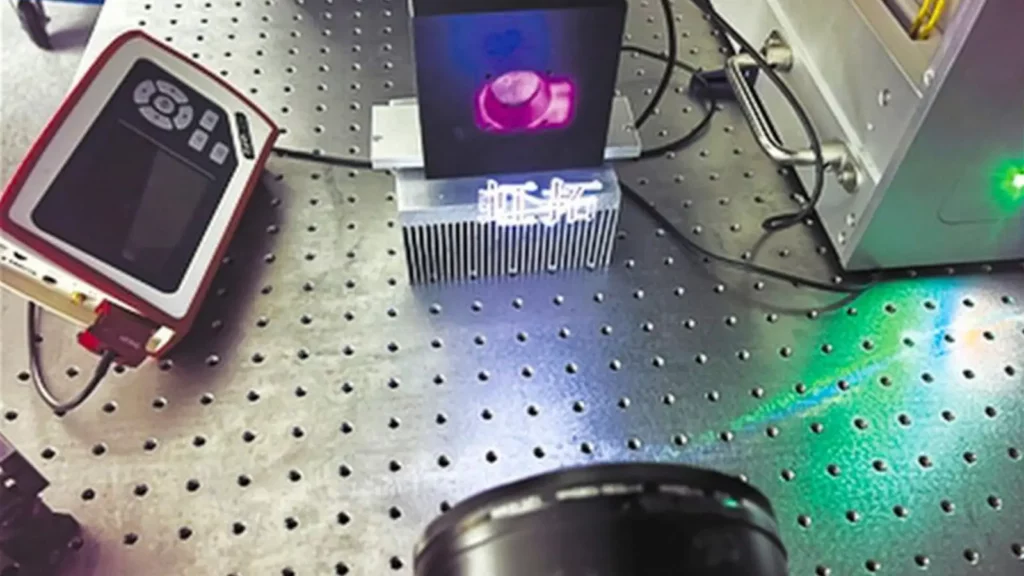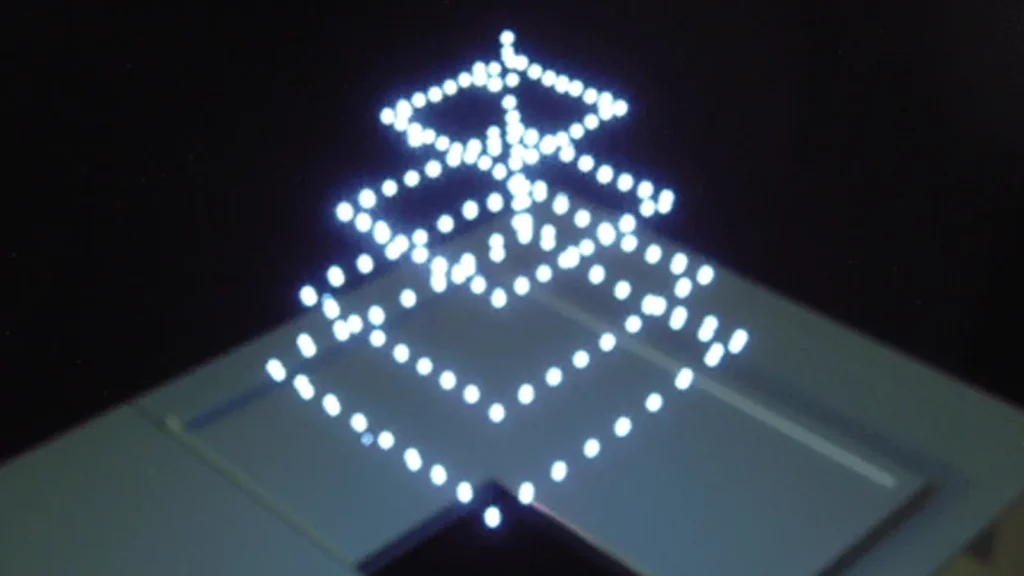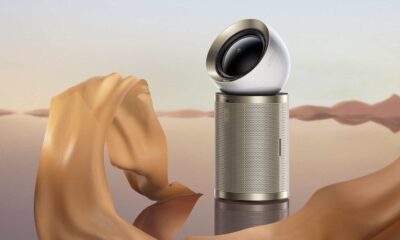Gadgets
This high-powered laser can ‘write’ in thin air
The technology is still a ways off, but shows potential.

Just a heads up, if you buy something through our links, we may get a small share of the sale. It’s one of the ways we keep the lights on here. Click here for more.
Floating a 3D image in mid-air is no easy feat. Chinese scientists have achieved this using a high-powered laser that can write in thin air. Yes, right in thin air.
This was made possible by a team of scientists led by Cao Xiangdong. Cao and his team recently showcased their latest invention and its writing abilities.
So, how did they achieve this feat, is it a first of its kind? Also, how does it work, and what does it have any long-term potential? Let’s find out.
How this was achieved

Cao and his team were able to write in the air using ultra-short laser pulses that don’t require a medium to produce and transmit light.
Instead, it takes electrons from the air and ionizes them which then releases energy in the form of visible light. This creates a ghostly image floating around in the air.
Normally, this process would require a material medium, such as glass or even dust, but Cao and his team did it with air.
So, is this a first of its kind?
Technically, no. As far back as 2006, Aerial Burton, a Tokyo-based company had started developing its True 3D Display technology.
On its website (and from articles and videos seen online), it claims to be the first to succeed at developing a True 3D Display, which uses laser plasma technology to create 3D images in the air.
Aerial Burton utilizes plasma emission from laser light to manipulate the position of the focal point in the X-Y-Z planes to display real 3D images constructed by dot arrays in the air.
How the high-powered laser hologram writer works

The Hongtuo Joint Laboratory of Ultra-Fast Laser in Wuhan’s optics valley showcased the Chinese laser writer.
According to him, it works by focusing high-intensity pulses in the air to create plasma, or ionized gas, which emits energy in the form of light.
To achieve this, the laser requires an energy density of around 100 Tera watts per square centimeter, which is a lot. This reminds us of the Chinese laser-powered rifle that could set someone on fire from a mile away.
Cao’s team of researchers used a 3D scanner and dot arrays to form the characters in the air. It formed special 3D Chinese characters visible from all angles and visibly suspended in air.
What’s the future of laser-writing holograms?
Cao’s work is a huge step in the right direction and shows the potential of writing in the air with brighter, larger, and full-color images.
From stones to scrolls to paper and now air, writing is certainly going places. As for hologram technology, we’ve always known that its future is bright.
Last year, Microsoft HoloLens 2 was rumored to have a feature that will allow users to interact with thin air. If researchers keep working on the technology, it’s almost certain we’ll eventually see it come to everyone.
Have any thoughts on this? Let us know down below in the comments or carry the discussion over to our Twitter or Facebook.
Editors’ Recommendations:
- Tesla’s laser windshield wipers bring Elon Musk one step closer to supervillain status
- Laser beams were used to shoot down missiles by the US Air Force
- Anker’s new 3D printer has a camera that watches for mistakes
- China says Elon Musk’s Starlink satellites almost crashed into its space station…twice

































